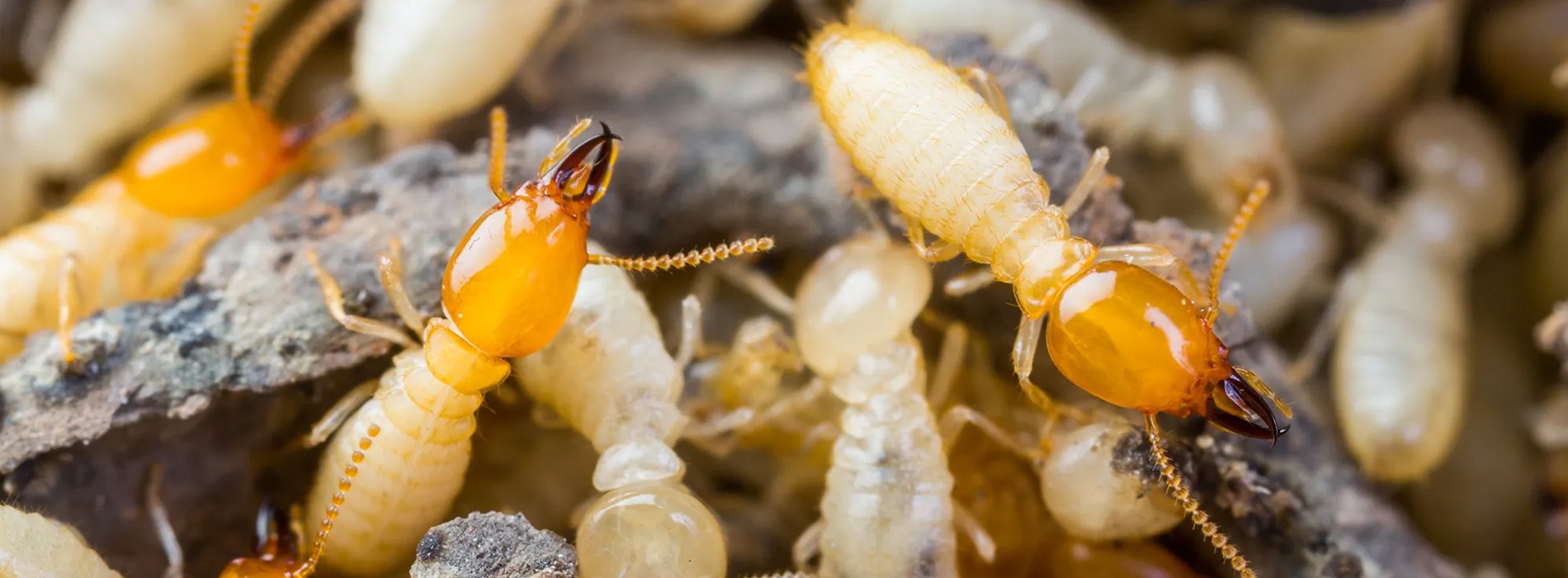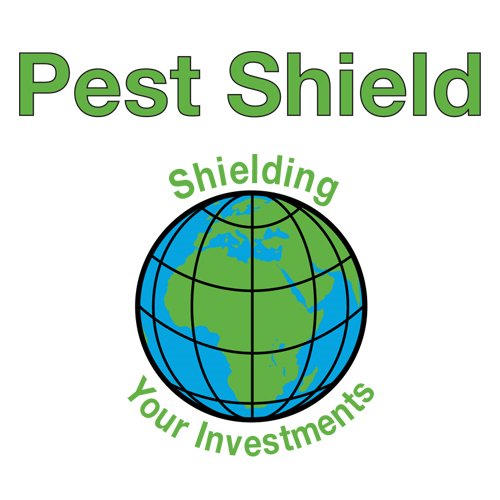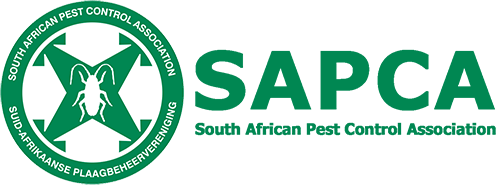
WOODBORER / TERMITESWOODBORER / TERMITES
WOODBORER
The term “woodborer” covers many types of wood boring insects that are a problem in timber in buildings. The most common in KwaZulu Natal is Cyptotermes Brevis.
This woodborer (Cyptotermes Brevis) swarm (fly around) anywhere from spring through to autumn. They fly usually at dusk or at night and are attracted to the light. They burrow into timber looking for a food source by creating very small pinholes where they have entered the wood - making it difficult for you to notice them.
Once they are inside they tunnel through the wood where they feed from the inside of the wood. They can continue to tunnel and feed on the wood for several years.

Evidence that you have woodborer in your timber could be:
- Heaps of frass (woodborer droppings) which look like grains of beach sand or poppy seeds which can be cream or dark in colour
- Pinholes in your timber where the woodborer have bored in
- Wings from the flying reproductives laying around
- Damage to the timber
If left untreated woodborer can cause serious damage to the timber in your building like your floorboards, window frames, doors, door frames, built in cupboards, furniture and picture frames. More seriously, they could cause structural damage to your roof timbers.
Due to the fact that woodborer are not very noticeable as they live and feed inside the wood, we recommend that annual woodborer inspection are carried out on all the structural timber in your building. Our SAPCA qualified wood destroying organisms inspector will be able to identify where the woodborer are active in your building and what the best treatment method would be.
The most common treatment methods for woodborer are: Tent fumigation using a registered fumigant, drilling and injecting an insecticide into the infested timber or to remove and replace the infested timber.
TERMITES
Another type of woodborer is subterranean-termites. These termites live underground in colonies consisting of a king, queen, winged reproductives, soldiers and workers. Colonies can grow up to two million members. Termites come up from underground to feed mainly on cellulose which is obtained from wood, grass, leaves, paper, cardboard etc.
Termites like dark, humid and protected environments. This makes them hard to find until it is too late. Termites do however leave signs of their presence.
Common evidence that you have termites in your building are:
- Hollow sounding timber – Termites eat from the centre of the timber and leave a thin veneer or section of paint on the surface. When you knock on the timber it will sound hollow and your hand could go right through the thin layer left there.
- Sandy, muddy or clay looking tracks or tunnels – Termites make tunnels or tracks from the soil over themselves to keep themselves safe while travelling to their food source. Common places in your building to see these are behind backing board in cupboards, on your garage floor or walls or in the crawl space under the building.
- Crackling sounds - more noticeable at night when it's quiet.
Termites can eat through your timber very quickly – much faster than woodborer.
To safeguard your property we recommend annual termite inspections by our SAPCA qualified wood destroying organisms inspector. If any termite infestation is found we will recommend a treatment that is carried out in accordance with SANS regulations.


